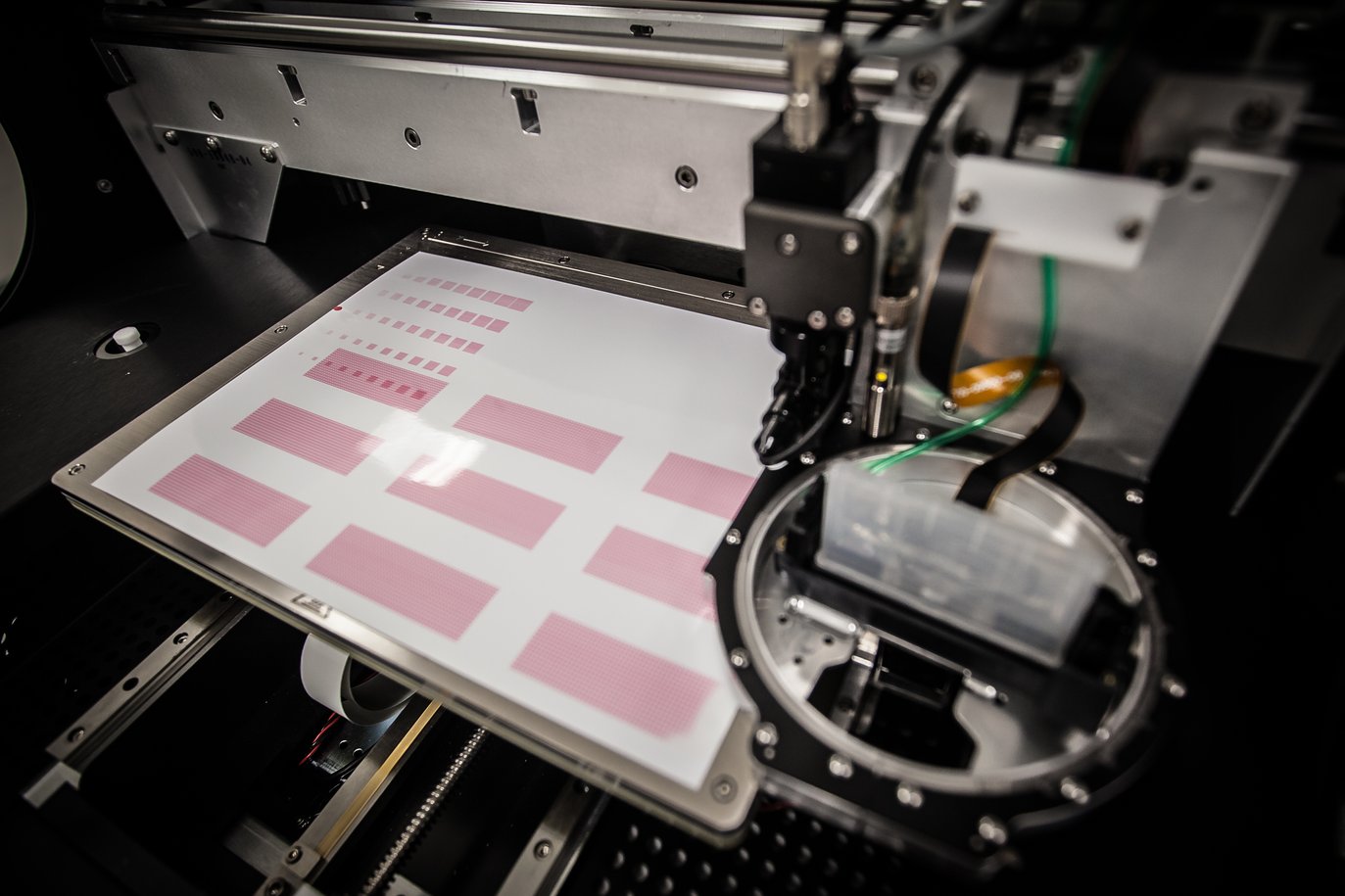The Additive Manufacturing Coalition (AM Coalition) has sent an advisory letter to the US Congress regarding its recently approved COMPETES bill, which passed through the Senate on 4th February.
The “Creating Opportunities for Manufacturing, Pre-Eminence and Economic Strength” (COMPETES) bill covers a wide array of regulatory areas, including mentions of semi-conductor production, shoring up supply chains, and education and workforce programs relevant to the additive manufacturing industry.
In response to the bill’s passing, the AM Coalition has sent a letter to the bill’s sponsor, Democratic Congresswoman Eddie Bernice Johnson, and the ranking Republican member of the House Committee on Science, Space and Technology, Congressman Frank Lucas, which asks for further support for improvements to two critical areas: workforce development for additive manufacturing and investment in micro and nanoscale 3D printing of electronics.

Advances in 3D printed electronics
While still in the early stages of commercialization, the 3D printed electronics field is attracting a growing amount of both R&D and investor interest. Recent innovators in the sector include NextFlex, a consortium dedicated to advancing US flexible hybrid electronics production which has just issued $17 million to projects focusing on the R&D of flexible electronics, such as 3D printed radio frequency (RF) and hypersonic flight-related parts.
Elsewhere, ETH Zurich spin-out Scrona AG has raised $9.6 million to develop a high-resolution electronics 3D printing approach, while Nano Dimension and sensor specialist HENSOLDT have co-founded the $6 million J.A.M.E.S venture, a designer community focused on advancing additively manufactured electronics (AMEs).
Advancements have also recently been made in robotic electronics 3D printing technology, irregularly shaped electronics, and 3D printing electronics in zero-gravity conditions.

Supporting electronics AM
On the 1st of April, the AM Coalition sent an advisory letter to Congresswoman Johnson and Congressman Lucas asking for their support for improvements to the bill, particularly in terms of micro and nanoscale electronics 3D printing.
The letter highlights the severe semi-conductor shortage that arose at the start of the Covid-19 pandemic, and asks Congress to “fund not only traditional manufacturing technologies but also the US companies who today can print electric circuits and chips.” Specifically, the AM Coalition has asked Congress to set aside at least five percent of the funding for domestic production of semi-conductors in the COMPETES bill for innovative manufacturing technologies, including 3D printing.
The letter urges: “While we support the investments in the semi-conductor industry in these bills, we would caution against putting all our ‘eggs’ in the one basket of traditional manufacturing. A little investment to help scale up these 3D printing technologies could foster the growth of entire new industries in the US.”
The letter also points out that other countries will be investing in technologies such as 3D printing for electronics production, and if the US fails to follow suit it may fall behind in implementing the technology.
Improving workforce development for AM
In its letter, the AM Coalition has also asked for Congress’ support for further workforce development to enable the wider application of additive manufacturing across all sectors of the US economy. The letter points out that the US is currently “considerably behind” the workforce development efforts of Asia and Europe in this regard, and urges it is “critical” to enable educational organizations to invest in such programs.
The AM Coalition is calling for greater funding for universities, community colleges, and non-profit training organizations to allow them to acquire industrial-scale 3D printers and post-processing systems and carry out more 3D printing-related programs across the nation.
“While we recognize that advanced manufacturing is broader than additive, we think it is critical that training organizations of any type be able to establish these programs without the equipment costs being prohibitive,” the letter says. The AM Coalition signed off the letter by concluding:
“It is our hope that with these additional provisions, the final bill will not only promote the expansion of science and technology and STEM programs, but will reinvent the American economy by fostering the growth of these critical fields.”
Subscribe to the 3D Printing Industry newsletter for the latest news in additive manufacturing. You can also stay connected by following us on Twitter and liking us on Facebook.
Looking for a career in additive manufacturing? Visit 3D Printing Jobs for a selection of roles in the industry.
Subscribe to our YouTube channel for the latest 3D printing video shorts, reviews, and webinar replays.
Featured image shows Nano Dimension 3D printed electronics. Photo by Michael Petch.



